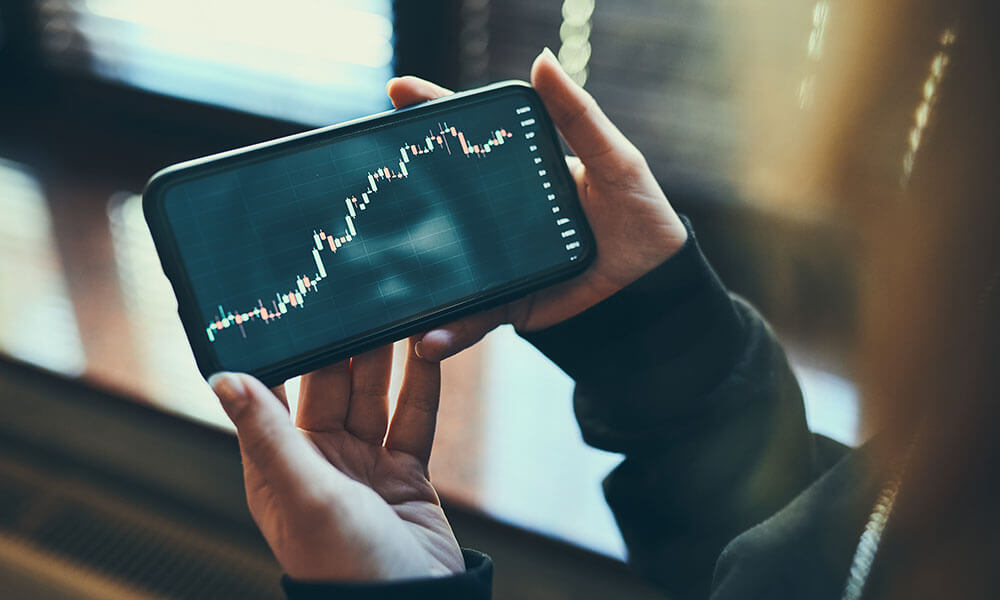
5 investment tips for OFWs
After months or even years of working away from loved ones, overseas Filipino workers (OFWs) should have something set aside for the time when they finally come home to their families.
For most, the first thing that comes to mind when it comes to building funds is saving, but while saving is one way to build your funds, it does not generate the high returns you could earn from following the investment tips in this article.
While it does take some learning, investing can potentially pay off in the long run if it is done correctly.
When it comes to investing, remember these 5 investment tips from the Bangko Central ng Pilipinas (BSP of the Philippine Central Bank)
- Do your research – Look into what you’re investing in, so you are fully aware of where you’ll be putting your hard-earned money.
- Invest within your means – There is still the risk of loss in investing, so you should only put in the amount of money you’re willing to lose.
- Recall the Risk-Return Principle –There is no right or wrong in how much of a risk you’re willing to take, but the type of risk you do choose affects how much you may earn in the future. Higher risk means higher rewards, while lower risk means lower rewards.
- Be patient – Trust the process. Investing is a long-term game, so you’ll need to acquire and sell investments over time before you see the results.
- Diversify your investments – Don’t put all your eggs in one basket. Your portfolio should have different types of low-risk and high-risk investments.
Let’s learn more about these investment tips.
Investment definition

An investment is something you buy that becomes more valuable over time, allowing you to sell it at a higher price and generate wealth by getting more money back than what you put in.
Compared to saving, investing takes time and comes with the risk of value rising and falling.
According to Joshua Kennon of The Balance, “The goal of investing is to make you wealthier, even if it means suffering volatility, perhaps even for years.”
However, how much you’re willing to risk will still depend on you.
Investing 101

Before you shell out any money for an investment, you’ll need to figure out your risk profile and risk appetite, or how much of a risk taker you are and how much of a risk you’re willing to take.
According to the BSP or Philippine Central Bank, you can fall anywhere along this spectrum when it comes to taking risks:
- High risk
- Aggressive
- Moderately aggressive
- Moderately conservative
- Conservative
- Low risk
When you start investing, determine if you fall on the conservative side or the aggressive side of the risk spectrum. Depending on where you are on the spectrum, you can choose to grow your wealth with the investment tips below:
- Opening a small business
- Buying non-financial assets, like property or jewellery
- Using investment instruments
Now, you may have already heard stories of OFWs opening successful businesses or getting their dream homes; however, another way of investing is putting your money into fixed income and variable income investments.
If you receive a low income, it’s recommended to stick to low-risk investments. For example, fixed-income investments, treasury bills, treasury bonds and corporate bonds.
If you receive a high income, low-risk investments may not be beneficial. Instead, you could invest in variable income investments, unit investment trust funds, mutual funds and stocks.
With fixed-income investments, you know how much income you’ll earn within a certain amount of time. Meanwhile, how much you earn from variable income investments fluctuates depending on how the assets you acquired perform in the market.
Once you know the kind of investment that suits your risk profile, you’ll need to make sure you have the funds to start investing.
Saving vs Investing

So, you now know what to invest in, but what should you do next? Our tip: Save.
Before you can start investing, you’ll need to have enough money set aside to maintain your investments. You’ll also need to have funds to pay the bills and in case of emergencies, like accidents or layoffs.
Don’t rely too much on saving alone, though. To generate wealth, you’ll need both saving and investing. Here’s why:
| Saving | Investing |
| For short-term goals (e.g., buying a car) To have money you can easily access for needs and emergencies Low risk Smaller gains Examples: Checking accounts and saving accounts | For long-term goals (e.g., having enough money for retirement) To have money you can spend in the future, even when prices rise due to inflation Risk varies depending on your investments Larger gains are possible Examples: Stocks, bonds, property, small businesses |
Growing your money is a balance of having enough set aside for everyday short-term goals and investing funds for the big plans you have for the future. If you have too little saved up to cover your needs now, you may end up stretching yourself too thin by investing too early.
Before you decide to take any risks, check your financial situation first. However, don’t put off investing and rely solely on saving. You should still consider making an investment for the future, so you can have enough money to live a good life even after inflation.
Pros and cons of saving vs investing

You may be someone who wants to take things slowly and weigh out your options, or you may be someone willing to dive in headfirst and start investing right away. If you’re the former, it’s good to take small risks occasionally or when you have enough money; if you’re the latter, you’ll need to have enough to live on first before you lock in your funds long-term.
To help you see if you should stick to saving for now or if you’re ready to start investing, we’ve laid out the pros and cons in the following table:
| Saving | Investing | |
| Pros | It’s easy You know how much interest you’ll earn even before you open a deposit account Your money is insured by up to ₱500,000 by the Philippine Deposit Insurance Corporation (PDIC) You can withdraw money when you need it There are minimal fees | There’s a possibility of getting more money back than you put in You can still take out cash from your investments With a diversified investment portfolio, you can have enough to spend even after inflation |
| Cons | You get lower returns Eventually, the cost of goods will rise due to inflation, so you’ll end up spending more than what you had saved | Depending on the economy, you may lose instead of earn money To make the most of your investing, you’ll have to park your money for at least five years to make up for short-term losses It takes time to learn investing, and it costs money to hire a financial adviser |
Investing can be nerve-racking, but with guidance, practice, and time it will also be rewarding. Once you’ve finally started investing, remember to keep your money safe.
Investing with Kabayan Remit

Investing takes risks, but it shouldn’t risk your money’s safety. When sending money to the Philippines to fund your investments back home, choose a money transfer platform that is:
- Safe
- Efficient
- Supportive
Safe
Kabayan Remit’s secure money transfer app on iOS and Android lets you safely transfer your savings at competitive exchange rates to major banks in the Philippines, including:
Efficient
With Kabayan Remit, you can also send money to loved ones using:
- Kabayan Remit to your family’s bank account – Send money to the Philippines via bank transfer or debit card transaction.
- Kabayan Remit to mobile wallets – You can top up your family’s assigned GCash or Paymaya account.
- Kabayan Remit to cash collection sites – Your loved ones can pick up your cash gift in popular brands, such as Cebuana Llhuilier, Palawan Pawnshop, and LBC.
Transfers worth ₱50,000 or less can even be transferred within the hour, and within 25 hours for larger amounts.
Meanwhile, your investments with our partner merchants below are credited within one working day when you use Kabayan Remit:
So, imagine: You can start investing in fixed income and variable income assets in the comfort of your own home and from the comfort of your own phone.
Supportive
Follow the investment tips above and let’s get started! Open a free account with Kabayan Remit here. Your first remittance is fee-free!
If you feel unsure of where to start or how to go about using the Kabayan Remit app, you can always talk to our bilingual customer support team 24 hours a day, 7 days a week.
Disclamer
When you invest, your capital is at risk. Whilst in some circumstances you may profit from investing, there is also a chance your investment may decrease in value. The information in this article should not be regarded as financial advice.
